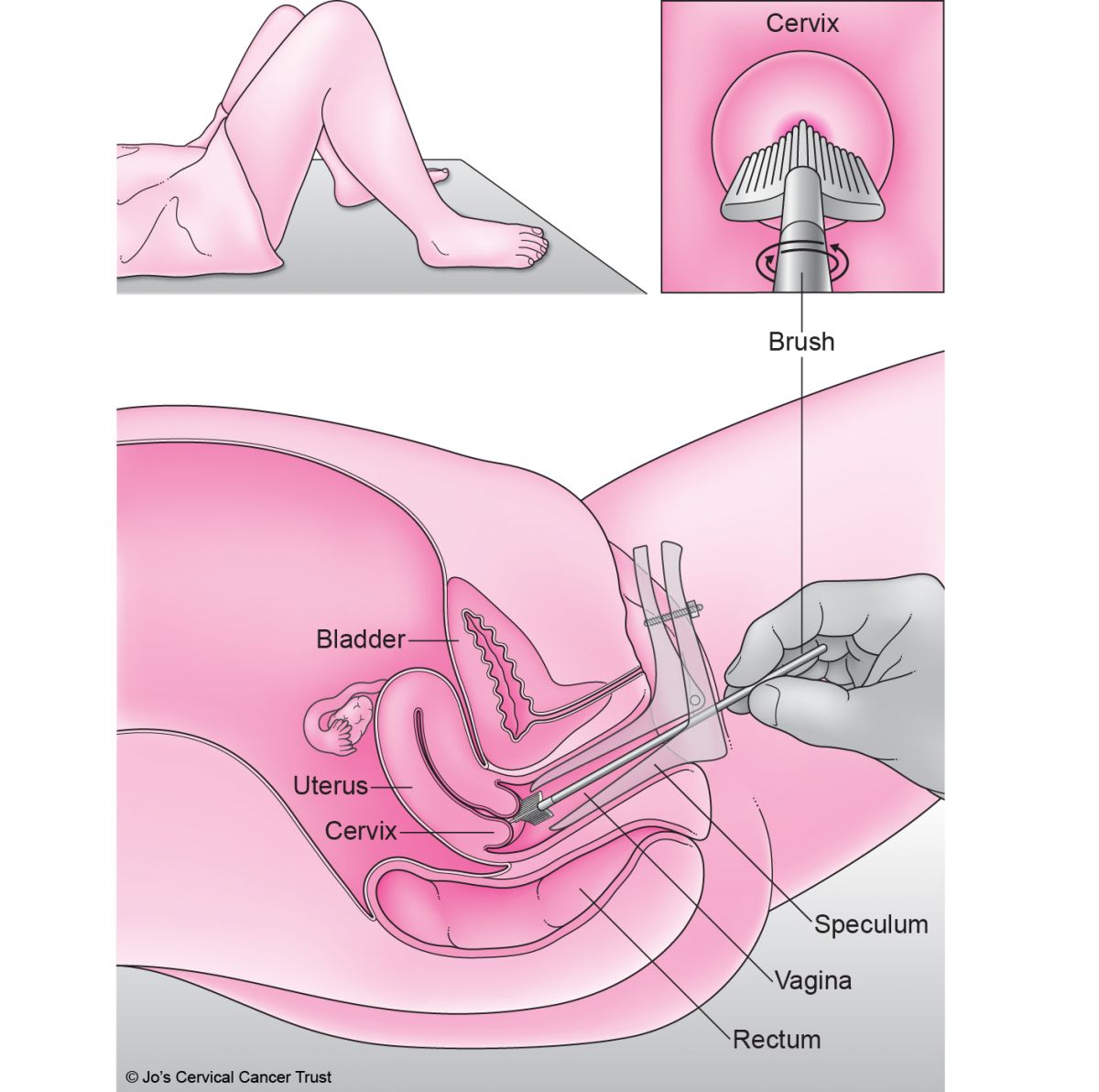
So, it’s Cervical Cancer prevention week in the UK, and we see the return of the #SmearForSmear campaign.
Luckily last year we saw the mass increase in awareness, with everyone seemingly partaking in the social phenomenon. Looking a year on, it’s never been more important to raise awareness of how going to your smear test can save your life. It’s so important!
Every year in the UK, around 3,000 women will be diagnosed with cervical cancer, and it’s the most common cancer in women aged 35 and under.
A particular article in Cosmopolitan UK, opened my eyes to the fact that the NHS have started giving out booklets, advising women about making ‘the decision’ go to have your test, recounting the risks and essentially connoting that if you don’t want to do it, then you needn’t bother.
But we need to bother.

Smear tests save 9000 lives in the UK a year, and women are already terrified of baring all to total strangers – don’t give us a reason to pass it up, cause we will!
This isn’t school: doctors appointments aren’t compulsory. We know that we have the choice. But 1 in 4 women whom are scheduled a screening already don’t attend. This number will certainly rise if women deem it not necessary to go in the first place.
Many of the issues stem from the lack of knowledge about what happens when you go for your smear test, and what it does.
Simply. your cervical screening appointment should take no longer than around 20 minutes, with the procedure itself taking approximately three minutes.
You will be asked to undress from the waist down (if you are wearing a skirt you can leave this on and just remove your knickers) and to lie on an examination bed on your back either with your legs bent up or with your ankles together and your knees apart.
A paper sheet will be placed over the lower half of your body and a specially designed brush is used to take a sample of cells from your cervix.

The main thing is: a cervical screening is not painful, but it may feel a little uncomfortable (mainly because a nurse is poking around with a tool resembling a toothbrush).
The best time (if possible) for a cervical screening to be taken is in the middle of your menstrual cycle, halfway between one period and the next.
So when your invitation comes, don’t throw it in the bin. Don’t ignore it. Don’t put it off.
It really isn’t that bad! It is super quick, admittedly a little strange – but it’s over really fast, and doctors and nurses do this ALL THE TIME.
Take 20 mins out to potentially save your life.
For more information, head over to Jo’s Cervical Cancer Trust Website HERE


